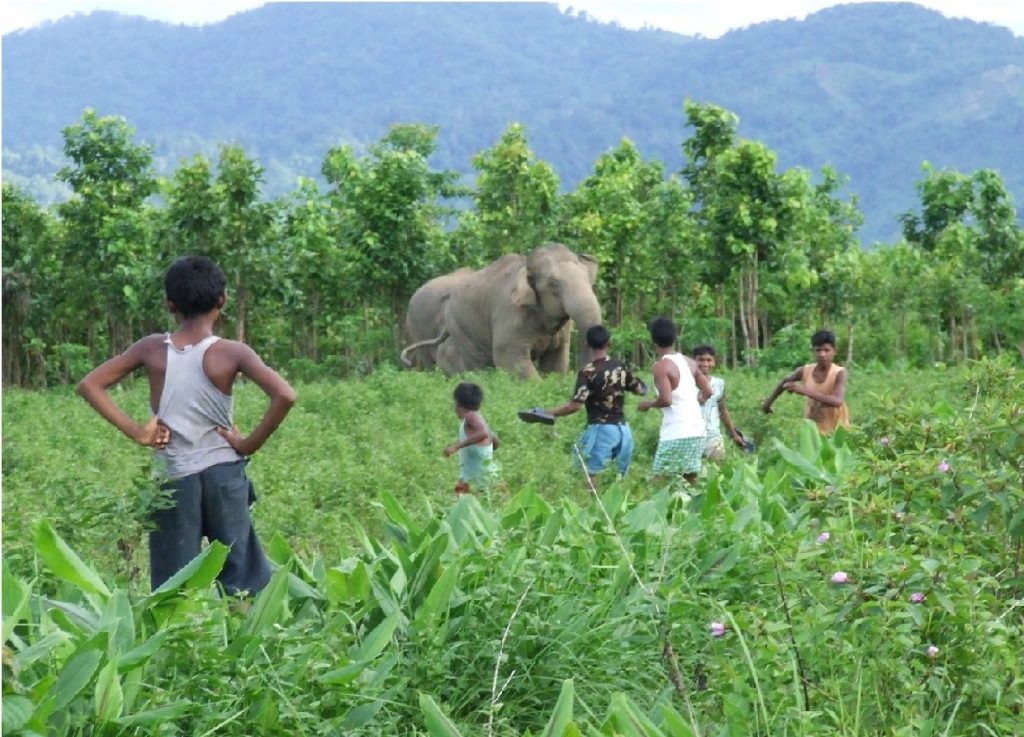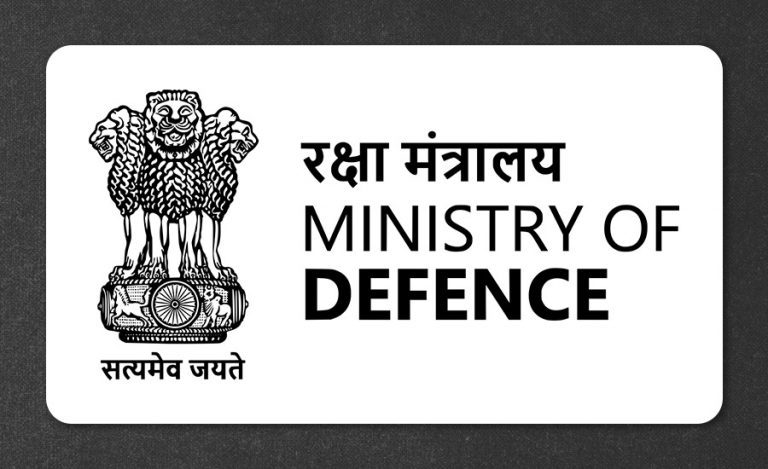Human-wildlife conflict poses significant hazards for rural communities, leading to loss of life and livelihoods. This issue is particularly acute in forest-rich states like Maharashtra, where conflict incidents are alarmingly frequent.
In Chandrapur and Gadchiroli districts alone, last year witnessed 38 human fatalities due to wildlife attacks, alongside nearly 3,800 cases of livestock loss and extensive crop damage. These numbers underscore the severity of the issue. Forest officials are actively mitigating these conflicts and safeguarding lives despite the challenges.
Indian Masterminds recently interviewed key figures tackling this issue, including S. Rameshkumar, an IFS officer from the 2006 batch and Divisional Forest Officer in Gadchiroli, and Jitendra S. Ramgaokar, also an IFS officer from the 2006 batch and Chief Conservator of Forests in Chandrapur. Their insights shed light on the strategies being employed to reduce such incidents and protect communities.
THE NUMBERS
Recently, Forest Minister Sudhir Mungantiwar informed the legislative council that from January 2018 to February 2024, 426 people died and 3,225 were injured in wild animal attacks across Maharashtra. This translates to approximately one human death and about 12 injuries per week during this period.
While the minister did not specify the animals responsible for the majority of attacks, tigers are commonly cited as the leading cause. However, incidents involving leopards and elephants have also resulted in fatalities and livestock losses.

Speaking with Indian Masterminds, Mr. Rameshkumar expressed, “We are making every effort to minimize human casualties and losses. Over the past few years, we have observed a decreasing trend in these numbers. Our schemes and awareness programs have been instrumental in achieving this. This year, we are witnessing fewer incidents.”
Mr. Ramgaokar highlighted, “The primary reasons behind these incidents are the increasing animal populations in limited habitats and human encroachment into wildlife territories. As animals venture into populated areas, conflicts inevitably arise.”
THE MEASURES
The Forest Department has implemented several measures to address these issues effectively. Among the most significant initiatives are the Dr. Shyamprasad Mukherjee Jan-Van Vikas Yojana, aimed at promoting sustainable forest development, and providing subsidies for solar fencing to protect agricultural areas.
Regular patrols conducted by officials and staff in forested regions play a crucial role in monitoring wildlife movements. When necessary, wild animals posing a threat to human safety are captured following the Wildlife (Protection) Act, 1972.

The issue of water scarcity often compels animals to venture into populated areas in search of water. To mitigate this, the Forest Department has been proactive in creating artificial water sources and grazing areas within forests. This helps prevent wild animals from straying into human settlements for sustenance.
Public awareness campaigns are pivotal in this strategy. Educating the community about wildlife behavior and precautionary measures is essential for reducing human-wildlife conflicts. Information boards have been installed in areas with a high presence of wild animals, detailing safety precautions.
Emergency rescue teams have been established to swiftly respond to critical situations involving wildlife encounters. These teams are trained to handle emergencies and ensure prompt assistance when needed.
Furthermore, the Forest Department has developed grazing areas to maintain natural prey populations for carnivorous animals within their habitat, thereby promoting ecological balance and reducing conflicts.
GADHCHIROLI
In Gadchiroli, significant steps have been taken to mitigate human-wildlife conflicts, notably through the Solar Fencing scheme and the Dr. Shyamprasad Mukherjee Jan-Van Vikas Yojana.

The Solar Fencing initiative involves substantial government support, covering 75% of the costs, while beneficiaries contribute the remaining 25%. “Initially, forest officials identify sensitive villages within forested areas. Residents of these villages apply for the scheme, which is then assessed by the department. Upon approval, villagers are designated as beneficiaries, allowing them to install solar fencing tailored to their specific needs,” Rameshkumar said.
The Dr. Shyamprasad Mukherjee Jan-Van Vikas Yojana aims to enhance the productivity of natural resources in villages sustainably. It seeks to reduce dependency on forests by fostering alternative agricultural activities and complementary businesses. The scheme also promotes wildlife and forest conservation through community participation, aiming to improve forest management standards and reduce human-wildlife conflicts. Notably, the initiative focuses on securing the boundaries of buffer zones and wildlife-protected areas within the tiger reserve, spanning approximately 2 kilometers.

CHANDRAPUR
The Tadoba Andhari Tiger Reserve, Maharashtra’s oldest and largest national park located in Chandrapur district, is known for significant tiger movement.
In Chandrapur, from awareness campaigns to AI-based cameras, there have been many initiatives that have been taken for these issues.
In Chandrapur district, Maharashtra’s oldest and largest national park, Tadoba Andhari Tiger Reserve, witnesses significant tiger movement. The region has implemented numerous initiatives, including awareness campaigns and AI-based cameras, to address wildlife conservation issues.
Mr Ramgaokar said, “Our primary focus is on raising awareness among the community about wildlife presence, emphasizing the importance of vigilance whether entering or venturing out of forested areas. This proactive approach is crucial in preventing incidents of human-wildlife conflict.”

PRT: Additionally, the Forest Department has established a Primary Response Team in every village, comprising five local members trained to act as first responders in any wildlife encounter. Their prompt intervention plays a pivotal role in managing such situations effectively.
Solar: Furthermore, they have implemented solar fencing extensively across vulnerable areas, effectively preventing animals from encroaching into agricultural fields.
AI Camera: To enhance early detection and warning capabilities, the department has deployed advanced AI-based cameras. These cameras provide real-time alerts to residents, significantly improving response times and reducing potential risks.
Activity: Moreover, in areas with heightened wildlife activity, we deploy additional personnel to monitor animal movements toward villages and promptly alert residents when necessary. This proactive monitoring helps mitigate risks and ensures community safety.
These concerted efforts have already made a tangible difference, and we anticipate a continued decrease in such incidents moving forward.

































